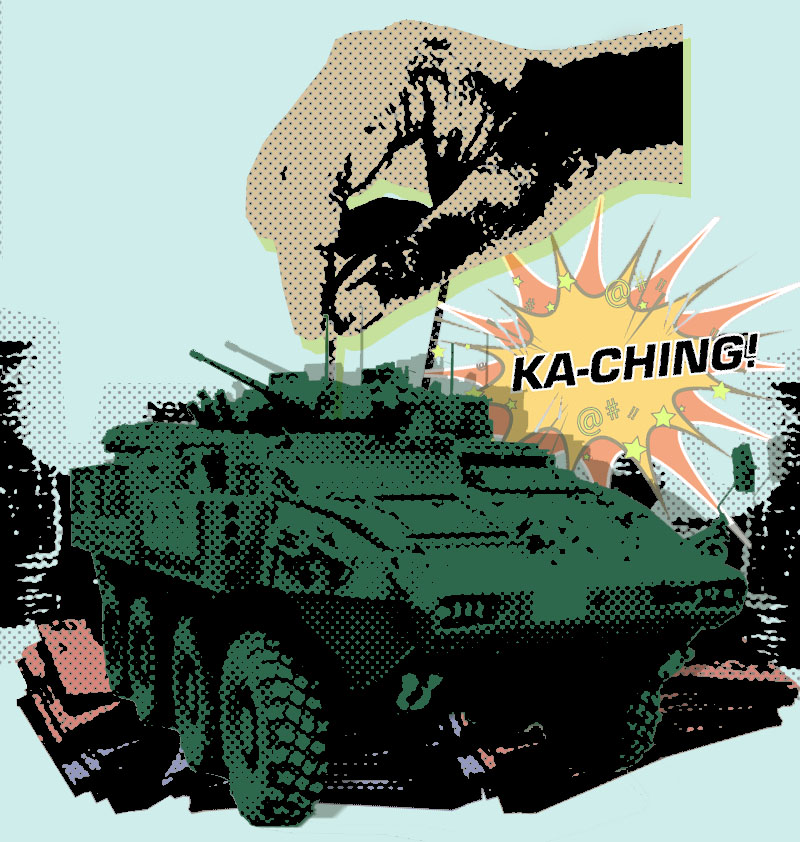
By Josh Lalonde, October 31, 2020
From The Leveller
AUN Human Rights Council report recently named Canada as one of the parties fuelling the ongoing war in Yemen by means of arms sales to Saudi Arabia, one of the war’s belligerents.
The report received attention in Canadian news outlets such as the Globe and Mail and CBC. But with the media preoccupied by the COVID-19 pandemic and the American presidential election — and few Canadians having any personal connection to Yemen — the stories quickly disappeared into the abyss of the news cycle, leaving no discernible impact on Canadian policy.
Many Canadians are also likely unaware that Canada is the second-biggest supplier of arms to the Middle East region, after the United States.
In order to fill this media gap, The Leveller talked to activists and researchers working on the Canada-Saudi Arabia arms trade and its connection to the war in Yemen, as well as other Canadian arms sales in the Middle East. This article will examine the background of the war and the details of the Canadian arms trade, while future coverage will look at organizations in Canada working to end arms exports.
The War in Yemen
Like all civil wars, the war in Yemen is extremely complex, involving multiple parties with shifting alliances. It is further complicated by its international dimension and its consequent intertwining in a tangled network of geopolitical forces. The “messiness” of the war and the lack of a simple, clear narrative for popular consumption has led to its becoming a forgotten war, carried on in relative obscurity far from the eyes of world media — despite its being one of the world’s deadliest ongoing wars.
Although there has been fighting among various factions in Yemen since 2004, the current war began with the Arab Spring protests of 2011. The protests led to the resignation of President Ali Abdullah Saleh, who had led the country since the unification of North and South Yemen in 1990. Saleh’s Vice-President, Abed Rabbo Mansour Hadi, ran unopposed in the 2012 presidential elections — and much of the governance structure of the country remained unchanged. This did not satisfy many opposition groups, including Ansar Allah, commonly known as the Houthi movement.
The Houthis had been engaged in an off-and-on campaign of armed insurgency against the Yemeni government since 2004. They opposed corruption within the government, perceived neglect of the north of the country, and the pro-U.S. orientation of its foreign policy.
In 2014, the Houthis captured the capital Sana’a, which led Hadi to resign and flee the country, while the Houthis established a Supreme Revolutionary Committee to govern the country. At the request of ousted President Hadi, a Saudi-led coalition began a military intervention in March 2015 to restore Hadi to power and take back control of the capital. (In addition to Saudi Arabia, this coalition includes a number of other Arab states such as the United Arab Emirates, Jordan, and Egypt,)
Saudi Arabia and its allies view the Houthi movement as an Iranian proxy due to the Shi’a faith of the Houthi leaders. Saudi Arabia has viewed Shi’a political movements with suspicion ever since the 1979 Islamic Revolution in Iran overthrew the country’s U.S.-backed Shah. There is also a significant Shi’a minority in Saudi Arabia concentrated in the Eastern Province on the Persian Gulf, which has seen uprisings that were brutally repressed by Saudi security forces.
However, the Houthis belong to the Zaidi branch of Shi’ism, which is not closely connected to the Twelver Shi’ism of the Iranian state. Iran has expressed political solidarity with the Houthi movement, but denies it has provided military aid.
The Saudi-led military intervention in Yemen has employed a massive campaign of air strikes, which have often indiscriminately hit civilian targets, including hospitals, weddings, funerals, and schools. In one particularly horrific incident, a school bus carrying children on a field trip was bombed, killing at least 40.
The Saudi-led coalition has also implemented a blockade of Yemen, in order, it claims, to prevent arms from being brought into the country. This blockade has at the same time prevented food, fuel, medical supplies, and other essentials from entering the country, resulting in widespread malnutrition and outbreaks of cholera and dengue fever.
Throughout the conflict, Western countries, in particular the U.S. and the U.K., have provided intelligence and logistical support to the coalition — refuelling planes, for example, while selling military equipment to coalition members. The bombs used in the infamous school bus airstrike were made in the U.S. and sold to Saudi Arabia in 2015 under the Obama administration.
UN reports have documented all parties to the conflict committing numerous human rights violations — such as abductions, murder, torture, and the use of child soldiers — leading the organization to describe the conflict as the world’s worst humanitarian crisis.
While the conditions of the war make it impossible to provide an accurate casualty count, researchers estimated in 2019 that at least 100,000 people — including 12,000 civilians — had been killed since the start of the war. This number does not include deaths due to famine and disease resulting from the war and blockade, which another study estimated would reach 131,000 by the end of 2019.
Canadian Arms Sales to Saudi Arabia
Although Canadian governments have long worked to establish Canada’s brand as a peaceful country, both Conservative and Liberal governments have been happy to profit from war. In 2019, Canadian arms exports to countries other than the U.S. reached a record high of approximately $3.8 billion, according to the Exports of Military Goods report for that year.
Military exports to the U.S. are not counted in the report, a significant gap in the transparency of Canada’s arms export control system. Of the exports covered in the report, 76% were to Saudi Arabia directly, totalling $2.7 billion.
Other exports have indirectly supported the Saudi war effort. A further $151.7 million worth of exports that went to Belgium was likely armoured vehicles that were then shipped to France, where they are used to train Saudi troops.
Most of the attention — and controversy — surrounding Canadian arms sales in recent years has centred around a $13 billion (U.S) deal for General Dynamics Land Systems Canada (GDLS-C) to provide thousands of light armoured vehicles (LAVs) to Saudi Arabia. The deal was first announced in 2014 under Prime Minister Stephen Harper’s government. It was negotiated by the Canadian Commercial Corporation, a Crown corporation responsible for arranging sales from Canadian companies to foreign governments. The terms of the deal have never been fully made public, since they include secrecy provisions prohibiting their publication.
Justin Trudeau’s government initially denied any responsibility for the deal going through. But it was later revealed that in 2016 then-Minister of Foreign Affairs Stéphane Dion signed the required final approval for the export permits.
Dion granted the approval even though the documents given for him to sign noted Saudi Arabia’s poor human rights record, including “the reported high number of executions, suppression of political opposition, the application of corporal punishment, suppression of freedom of expression, arbitrary arrest, ill-treatment of detainees, limitations of freedom of religion, discrimination against women and the mistreatment of migrant workers.”
After Saudi journalist Jamal Kashoggi was gruesomely murdered by Saudi intelligence operatives in the Saudi consulate in Istanbul in October 2018, Global Affairs Canada suspended all new export permits to Saudi Arabia. But this did not include the existing permits covering the LAV deal. And the suspension was lifted in April 2020, allowing new permit applications to be processed, after Global Affairs Canada negotiated what it called “significant improvements to the contract”.
In September 2019, the federal government provided a $650 million loan to GDLS-C through Export Development Canada (EDC)’s “Canada Account.” According to the EDC website, this account is used “to support export transactions which [EDC is] unable to support, but which are determined by the Minister for International Trade to be in Canada’s national interest.” While the reasons for the loan have not been publicly provided, it came after Saudi Arabia missed $1.5 billion (U.S.) in payments to General Dynamics.
The government of Canada has defended the LAV deal on the grounds that there is no evidence of Canadian-made LAVs being used to commit human rights abuses. Yet a page on Lost Amour that documents losses of armoured vehicles in Yemen lists dozens of Saudi-operated LAVs being destroyed in Yemen since 2015. LAVs may not have the same impact on civilians as airstrikes or the blockade, but they are clearly an integral component of the Saudi war-effort.
A less-known Canadian manufacturer of armoured vehicles, Terradyne, also has a deal of unknown dimensions to sell its Gurkha armoured vehicles to Saudi Arabia. Videos showing Terradyne Gurkha vehicles being used in suppressing an uprising in Saudi Arabia’s Eastern Province and in the war in Yemen have circulated on social media for several years.
Global Affairs Canada suspended export permits for Terradyne Gurkhas in July 2017 in response to their use in Eastern Province. But it reinstated the permits in September of that year, after it determined that there was no evidence the vehicles had been used to commit human rights abuses.
The Leveller reached out to Anthony Fenton, a PhD student at York University researching Canadian arms sales to Persian Gulf countries for comment on these findings. Fenton stated in Twitter direct messages that the Global Affairs Canada report uses “intentionally false/impossible to meet criteria” and was meant simply “to temper/deflect criticism.”
According to Fenton, “Canadian officials took the Saudis at their word when they insisted that no [human rights] violations took place and claimed that it was a legitimate internal ‘anti-terror’ operation. Satisfied with this, Ottawa resumed exports of the vehicles.”
Another lesser-known Canadian arms sale to Saudi Arabia involves Winnipeg-based company PGW Defence Technology Inc., which manufactures sniper rifles. Statistics Canada’s Canadian International Merchandise Trade Database (CIMTD) lists $6 million in exports of “Rifles, sporting, hunting or target-shooting” to Saudi Arabia for 2019, and over $17 million the year before. (The CIMTD figures are not comparable with those of the Exports of Military Goods report cited above, as they were created using different methodologies.)
In 2016, the Houthis in Yemen posted photos and videos showing what appear to be PGW rifles they claim to have captured from Saudi border guards. In 2019, Arab Reporters for Investigative Journalism (ARIJ) documented PGW rifles being used by pro-Hadi Yemeni forces, likely supplied by Saudi Arabia. According to ARIJ, Global Affairs Canada did not respond when presented with evidence that the rifles were being used in Yemen.
A number of aerospace companies based in Quebec, including Pratt & Whitney Canada, Bombardier, and Bell Helicopters Textron have also provided equipment worth $920 million to members of the Saudi-led coalition since its intervention in Yemen began in 2015. Much of the equipment, including engines used in combat aircraft, is not considered military goods under Canada’s export control system. It therefore does not require export permits and is not counted in the Exports of Military Goods report.
Other Canadian Arms Sales to the Middle East
Two other countries in the Middle East also received large exports of military goods from Canada in 2019: Turkey at $151.4 million and the United Arab Emirates (UAE) at $36.6 million. Both countries are involved in a number of conflicts across the Middle East and beyond.
Turkey has in the past few years been involved in military action in Syria, Iraq, Libya, and Azerbaijan.
A report by researcher Kelsey Gallagher published in September by Canadian peace group Project Ploughshares has documented the use of Canadian-made optical sensors manufactured by L3Harris WESCAM on Turkish Bayraktar TB2 armed drones. These drones have been deployed in all of Turkey’s recent conflicts.
The drones became the centre of controversy in Canada in September and October when they were identified as being in use in the ongoing fighting in Nagorno-Karabakh. Videos of drone strikes published by the Azerbaijani Ministry of Defence display a visual overlay consistent with that generated by WESCAM optics. In addition, photos of a downed drone published by Armenian military sources clearly show the visually distinctive housing of a WESCAM MX-15D sensor system and a serial number identifying it as a WESCAM product, Gallagher told The Leveller.
It is unclear whether the drones are being operated by Azerbaijani or Turkish forces, but in either case their use in Nagorno-Karabakh would likely violate the export permits for the WESCAM optics. Foreign Affairs Minister François-Philippe Champagne suspended the export permits for the optics on October 5 and launched an investigation into the allegations.
Other Canadian companies have also exported technology to Turkey that is used in military equipment. Bombardier announced on October 23 that they were suspending exports to “countries with unclear usage” of aircraft engines manufactured by their Austrian subsidiary Rotax, after learning that the engines were being used in Turkish Bayraktar TB2 drones. According to Gallagher, this decision by a Canadian company to suspend a subsidiary’s exports due to their use in a conflict is an unprecedented move.
Pratt & Whitney Canada also produces engines which are used in the Turkish Aerospace Industries Hürkuş plane. The Hürkuş design includes variants used for training air force pilots — as well as one capable of being used in combat, particularly in a counterinsurgency role. Turkish journalist Ragip Soylu, writing for Middle East Eye in April 2020, reported that the arms embargo Canada imposed on Turkey after its October 2019 invasion of Syria would apply to Pratt & Whitney Canada engines. However, according to Gallagher, these engines are not considered military exports by Global Affairs Canada, so it is not clear why they would be covered by the embargo.
Like Turkey, the UAE has also been involved for several years in conflicts around the Middle East, in this case in Yemen and Libya. The UAE was until recently one of the leaders of the coalition supporting the Hadi government in Yemen, second only to Saudi Arabia in the scale of its contribution. However, since 2019 the UAE has drawn down its presence in Yemen. It now seems to be more concerned with securing its foothold in the south of the country than in pushing the Houthis out of the capital and restoring Hadi to power.
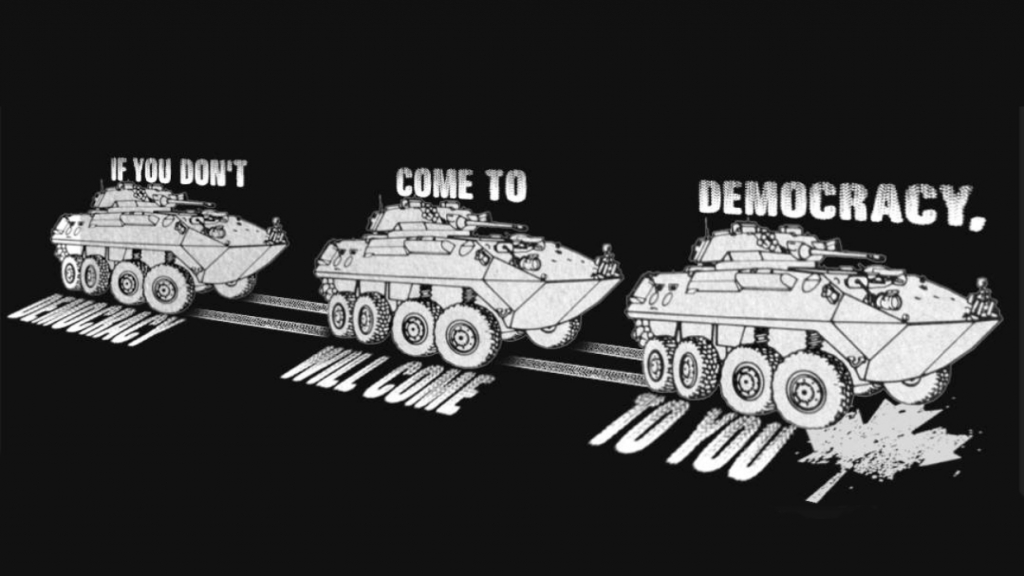
Canada signed a “defence cooperation agreement” with the UAE in December 2017, nearly two years after the coalition intervention in Yemen had begun. Fenton says that this agreement was part of a push to sell LAVs to the UAE, the details of which remain obscure.
In Libya, the UAE supports the eastern-based Libyan National Army (LNA) under the command of General Khalifa Haftar in its conflict against the western-based Government of National Accord (GNA). The LNA’s attempt to capture the capital Tripoli from the GNA, launched in 2018, was reversed with the help of Turkey’s intervention in support of the GNA.
All this means that Canada has sold military equipment to the backers of both sides of the Libyan war. (It is not clear, though, if any Canadian-made equipment has been used by the UAE in Libya.)
While the precise makeup of the $36.6 million of military goods exported from Canada to the UAE that is listed in the Exports of Military Goods report has not been made public, the UAE has ordered at least three GlobalEye surveillance aircraft manufactured by Canadian company Bombardier together with Swedish company Saab. David Lametti, at the time parliamentary secretary to the Minister of Innovation, Science, and Economic Development and now Minister of Justice, congratulated Bombardier and Saab on the deal.
In addition to direct military exports from Canada to the UAE, Canadian-owned company Streit Group, which manufactures armoured vehicles, is headquartered in the UAE. This has allowed it to circumvent Canadian export permit requirements and sell its vehicles to countries such as Sudan and Libya that are under Canadian sanctions banning the export of military equipment there. Dozens, if not hundreds of Streit Group vehicles, primarily operated by Saudi Arabia and its allied Yemeni forces, have also been documented as destroyed in Yemen in 2020 alone, with similar numbers in previous years.
The Canadian government has argued that since the Streit Group vehicles are sold from the UAE to third countries, it has no jurisdiction over the sales. However, under the terms of the Arms Trade Treaty, which Canada acceded to in September 2019, states are responsible for enforcing regulations on brokering — that is, transactions arranged by their nationals between one foreign country and another. It is likely that at least some of the exports of the Streit Group would fall under this definition, and therefore be subject to Canadian laws regarding brokering.
The Big Picture
All of these arms deals together made Canada the second-biggest supplier of arms to the Middle East, after the United States, in 2016. Canada’s arms sales have only grown since then, as they set a new record in 2019.
What is the motivation behind Canada’s pursuit of arms exports? There is of course the purely commercial motivation: exports of military goods to the Middle East brought in over $2.9 billion in 2019. This is closely tied to the second factor, one that the government of Canada is especially fond of emphasizing, namely, jobs.
When the GDLS-C LAV deal was first announced in 2014, the Ministry of Foreign Affairs (as it was then called) claimed that the deal would “create and sustain more than 3,000 jobs each year in Canada.” It did not explain how it had calculated this number. Whatever the precise number of jobs created by arms exports, both Conservative and Liberal governments have been reluctant to eliminate a large number of well-paid jobs in the defence industry by restricting the arms trade.
Another important factor motivating Canada’s arms sales is the desire to maintain a domestic “defence industrial base”, as internal Global Affairs documents from 2016 put it. Exporting military goods to other countries allows Canadian companies like GDLS-C to maintain greater manufacturing capacity than could be sustained by sales to the Canadian Armed Forces alone. This includes facilities, equipment, and trained personnel involved in military production. In the event of a war or other emergency, this manufacturing capacity could be quickly put to use for Canadian military needs.
Finally, geopolitical interests also play a significant role in determining which countries Canada exports military equipment to. Saudi Arabia and the UAE have long been close allies of the U.S., and Canada’s geopolitical stance in the Middle East has generally been aligned with that of the U.S. The same Global Affairs documents praise Saudi Arabia as a partner in the international coalition against the Islamic State (ISIS) and refer to the alleged threat of “a resurgent and increasingly bellicose Iran” as justification for the LAV sale to Saudi Arabia.
The documents also describe Saudi Arabia as “an important and stable ally in a region marred by instability, terrorism and conflict,” but do not address the instability created by the Saudi-led coalition’s intervention in Yemen. This instability has allowed groups like al-Qaeda in the Arabian Peninsula and ISIS to establish control over swathes of territory in Yemen.
Fenton explains that these geopolitical considerations are intertwined with the commercial ones, since “Canada’s forays into the Gulf seeking arms deals [have] required — especially since Desert Storm — the cultivation of bilateral military-to-military ties with each of the [Gulf] monarchies.”
Indeed, the most revealing consideration the Global Affairs memo mentions is that Saudi Arabia “has the world’s largest oil reserves and is currently the world’s third largest oil producer.”
Until recently, Turkey was also a close partner of the U.S. and Canada, as the only NATO member in the Middle East. However, in the past few years Turkey has pursued an increasingly independent and aggressive foreign policy that has brought it into conflict with the U.S. and other NATO members. This geopolitical misalignment may explain Canada’s willingness to suspend export permits to Turkey while granting them for Saudi Arabia and the UAE.
The eventual suspension of export permits to Turkey also likely had to do with domestic pressure on the government. The Leveller is currently working on a sequel article that will look at some groups working on increasing that pressure, in order to end the Canadian arms trade in general.

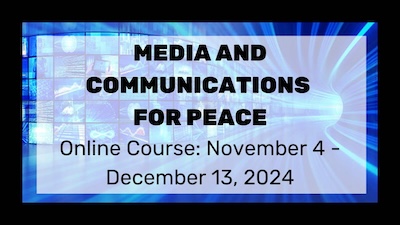

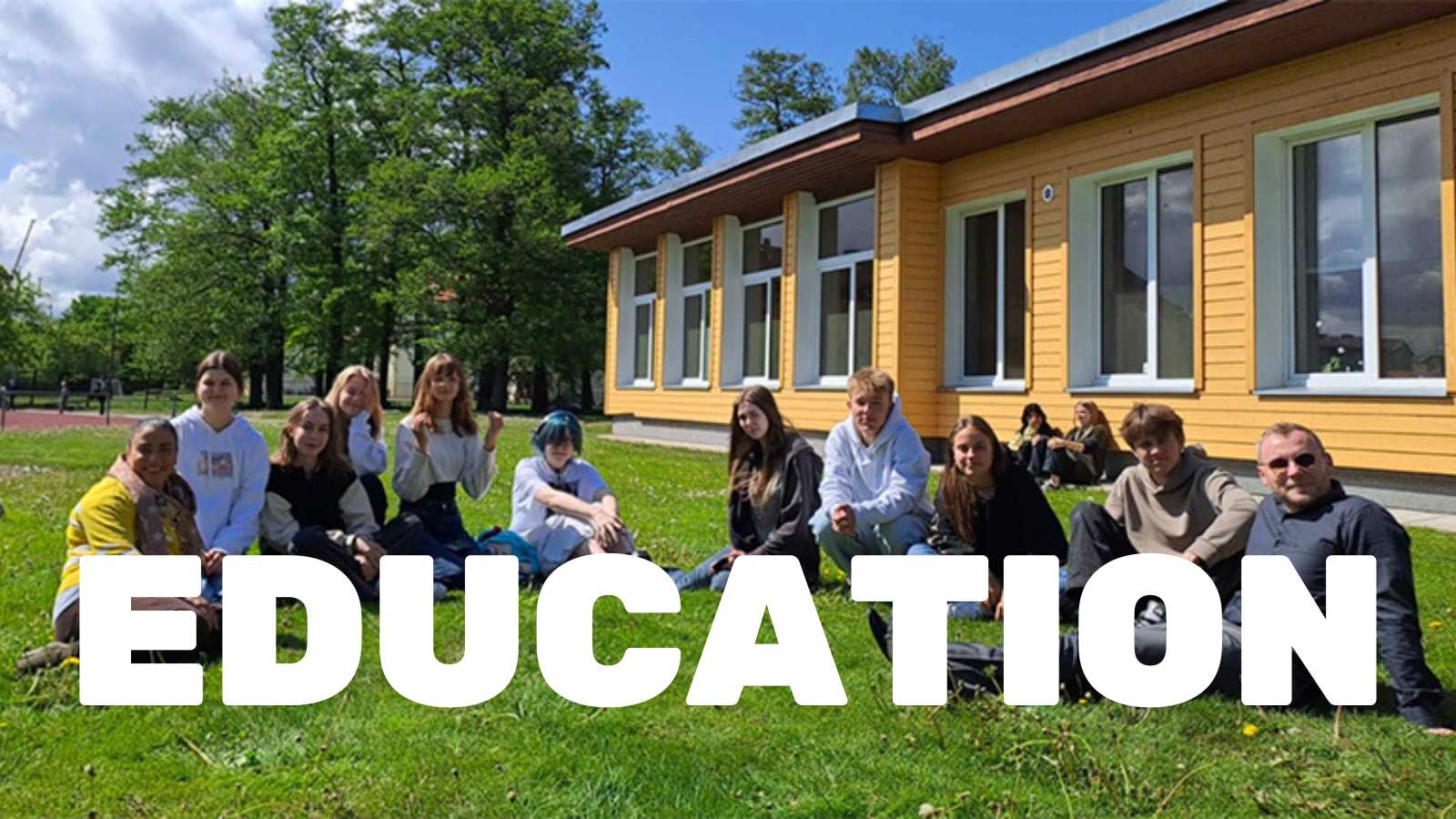
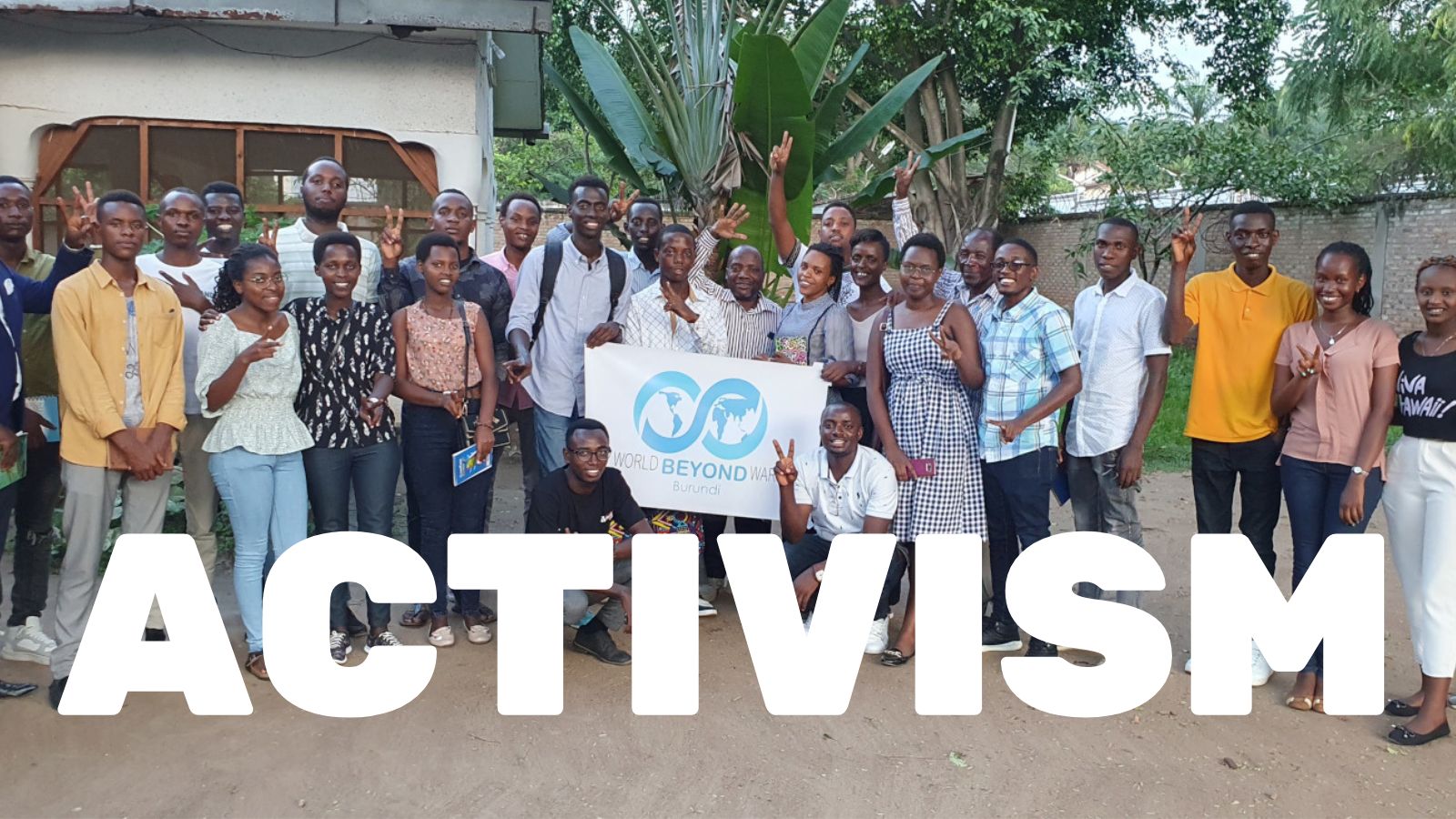
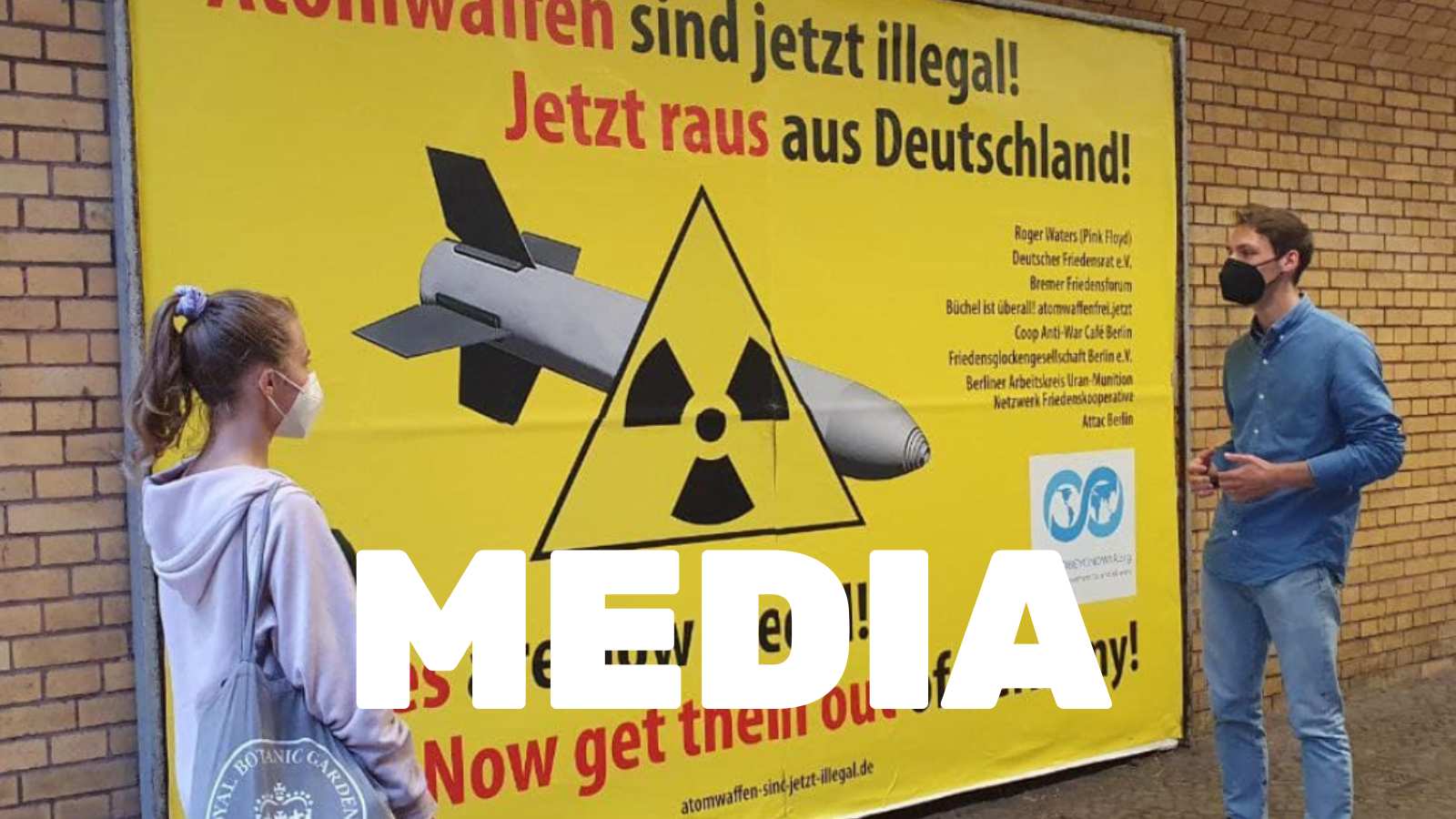
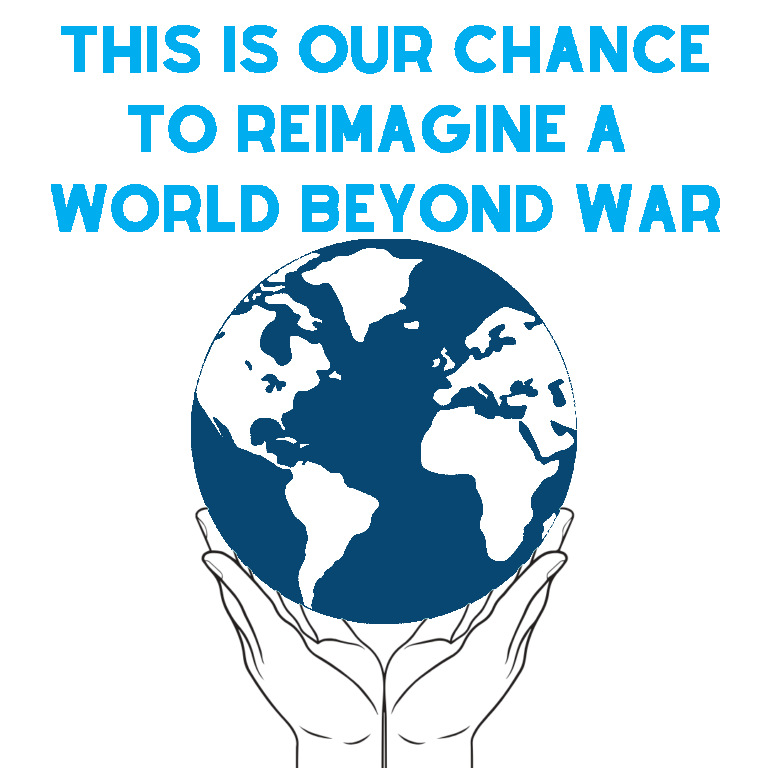
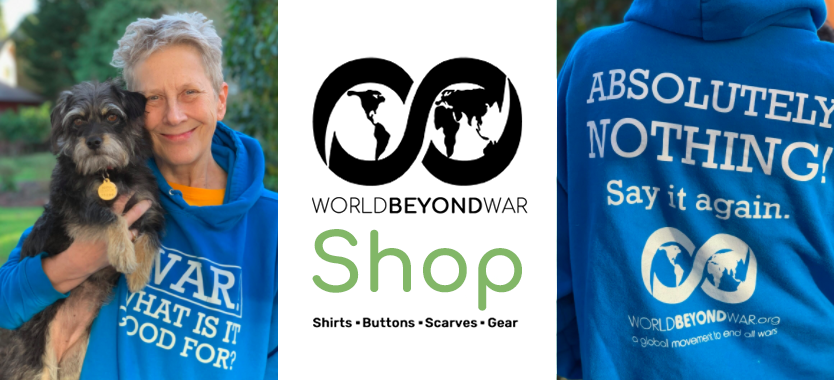
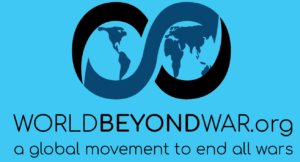
One Response
“Global Affairs documents praise Saudi Arabia as a partner in the international coalition against the Islamic State (ISIS)”
— typically Orwellian doublespeak, as at least in the middle of the last decade, Saudi was revealed as a sponsor of not just its hard-line Wahabi Islam, but ISIS itself.
“and refer to the alleged threat of ‘a resurgent and increasingly bellicose Iran’ as justification for the LAV sale to Saudi Arabia.”
— typically Orwellian lies about who the aggressor is (hint: Saudi Arabia)